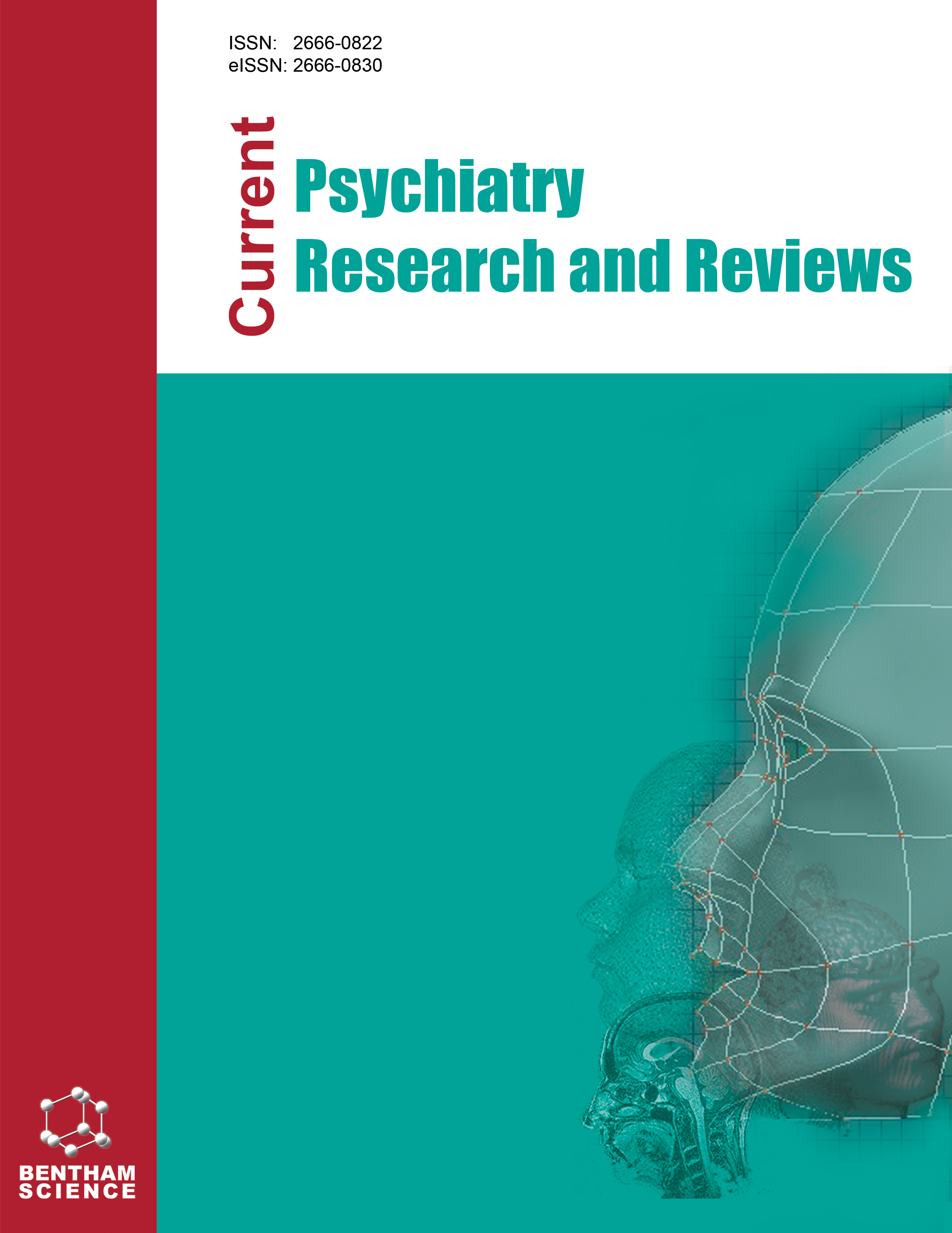
Full text loading...
We use cookies to track usage and preferences.I Understand
Psychosis and neuroses are characterized by a state of mental imbalance and disturbances in thinking processes and have a significant impact on the lives of patients and their close environment. The article aims to study the assessment of the quality of life of people suffering from neurosis and psychosis using the Manchester Quality of Life Questionnaire, with components assessed using a seven-point Likert scale.
The study was conducted using sociological methods, such as questionnaire surveys. The study involved 519 people aged 18 and over, of whom 369 were diagnosed with neurosis (183 men and 186 women) and 150 with psychosis (75 women and 75 men). The survey participants came from Ukraine (223), Poland (80), Lithuania (41), the Czech Republic (66), and Slovakia (71). The socio-demographic indicators of the respondents and their subjective assessment of the quality of life are studied. Patients diagnosed with psychosis rate their quality of life worse (3.74-1.35) than patients diagnosed with neurosis (4.33-2.11).
The absence of influence of various socio-demographic indicators on the assessment of quality of life in those patients who were diagnosed with “neurosis” and the presence of such differences between some indicators in those patients who were diagnosed with “psychosis” were investigated. Patients diagnosed with neurosis were more likely to have higher education and employed than patients diagnosed with psychosis, have better living conditions, and were more likely to seek treatment voluntarily. However, the possibility of worsening symptoms in those patients who were diagnosed with neurosis should not be ruled out, and exacerbations should be prevented.
Awareness and conscious treatment of patients is important to improve their symptoms and quality of life. Employment opportunities for patients with diagnoses should be explored to improve their quality of life and possibly improve their symptoms.

Article metrics loading...

Full text loading...
References


Data & Media loading...

